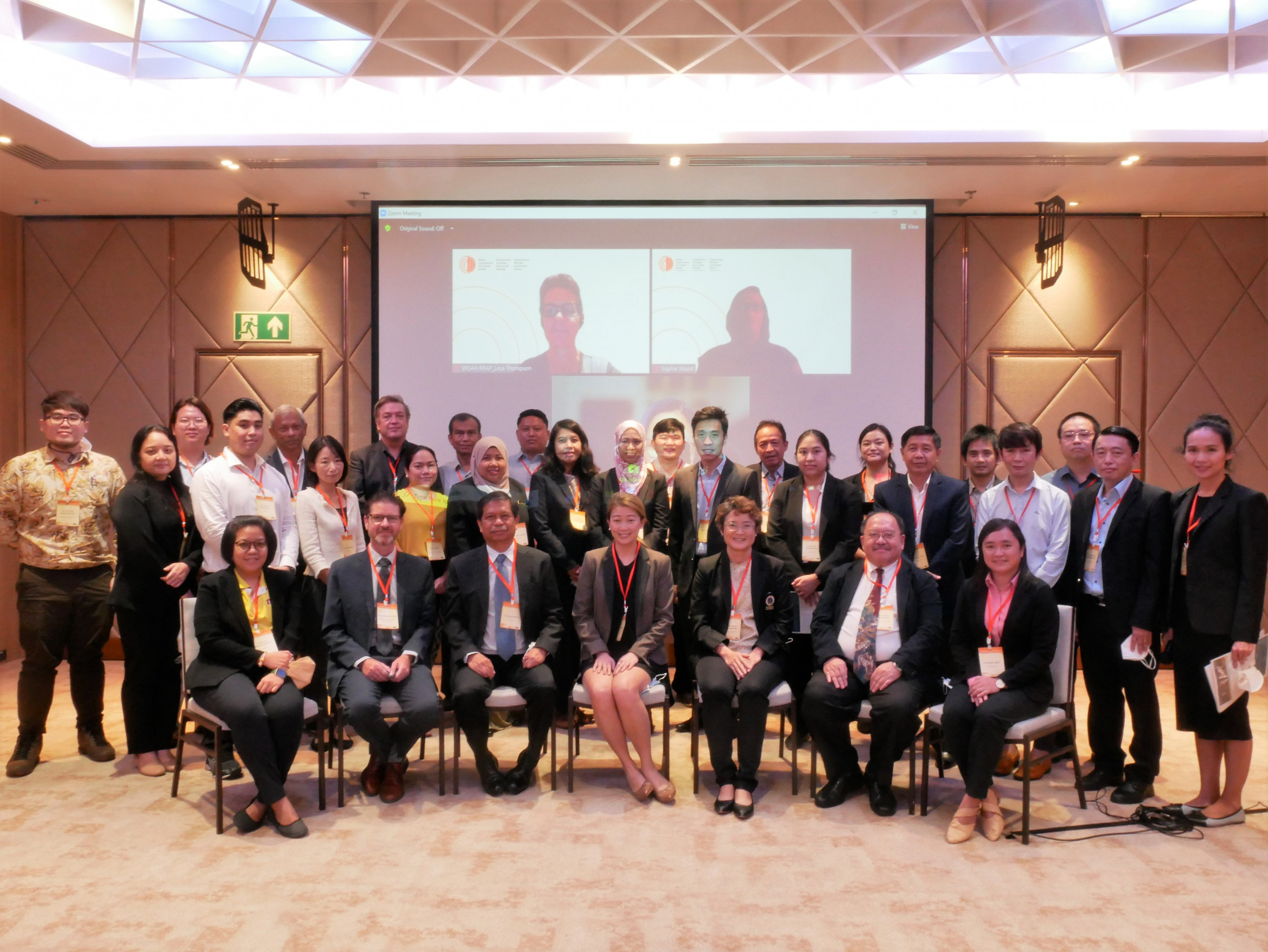Wildlife contributes to overall biological diversity and provides critical ecosystem services. For many local or rural people, wildlife is a vital source of protein, revenue, and livelihood. The environment’s health is essential for the health and well-being of humans, animals, and plants alike. Anthropogenic environmental deterioration poses a number of health risks, all of which are inevitably complicated and entrenched in how humans interact with and use the environment. The complexity and interconnectedness of the health challenges confronting humans, animals, plants, and the environment in which they coexist necessitate holistic, integrated solutions based on a systems approach that includes wider structural factors and systemic prevention measures that integrate the health of humans, animals, plants, and the environment.
The environmental sector, which includes natural resource management, wildlife management and conservation, biodiversity conservation, management, and sustainable use, pollution, and waste management, is not always routinely incorporated into the One Health approach, and cross-sectoral initiatives have been limited. Other sectors haven’t fully grasped the importance of environmental determinants of health, and there’s a lot of room to incorporate environmental issues more consistently.
The World Organisation for Animal Health (WOAH, founded as OIE) Wildlife Health Management Framework recognizes that multi-sectoral collaborations are needed for better wildlife population management and biodiversity conservation, linking Veterinary Services with wildlife authorities and environmental sector professionals. This “One Health” approach of collaboration and coordination is essential for a sustainable future for wildlife, ecosystems, humans and domestic animals alike. Wildlife health networks have been established in the region to link sectors and share information.
The South-East Asia Wildlife Health Network has held three virtual coordination meetings focused on collaborating with various stakeholders involved in wildlife health in the region. The fourth meeting was held as a closed side event on September 5 and an open session organized on September 6 in conjunction with the SEAOHUN 2022 International Conference, a knowledge-sharing event for current and aspiring One health practitioners. This physical meeting was organised to disseminate information and encourage discussions among stakeholders on the importance of including wildlife health in the One Health approach. Additionally, members of the Network will have the opportunity to further the wildlife and environmental health agenda.
This meeting was organized thanks to funding from the Australian Government.
OBJECTIVES
OUTCOME
DAY 1
Member perspectives: Integrating One Health into Wildlife Health Surveillance
DAY 2

